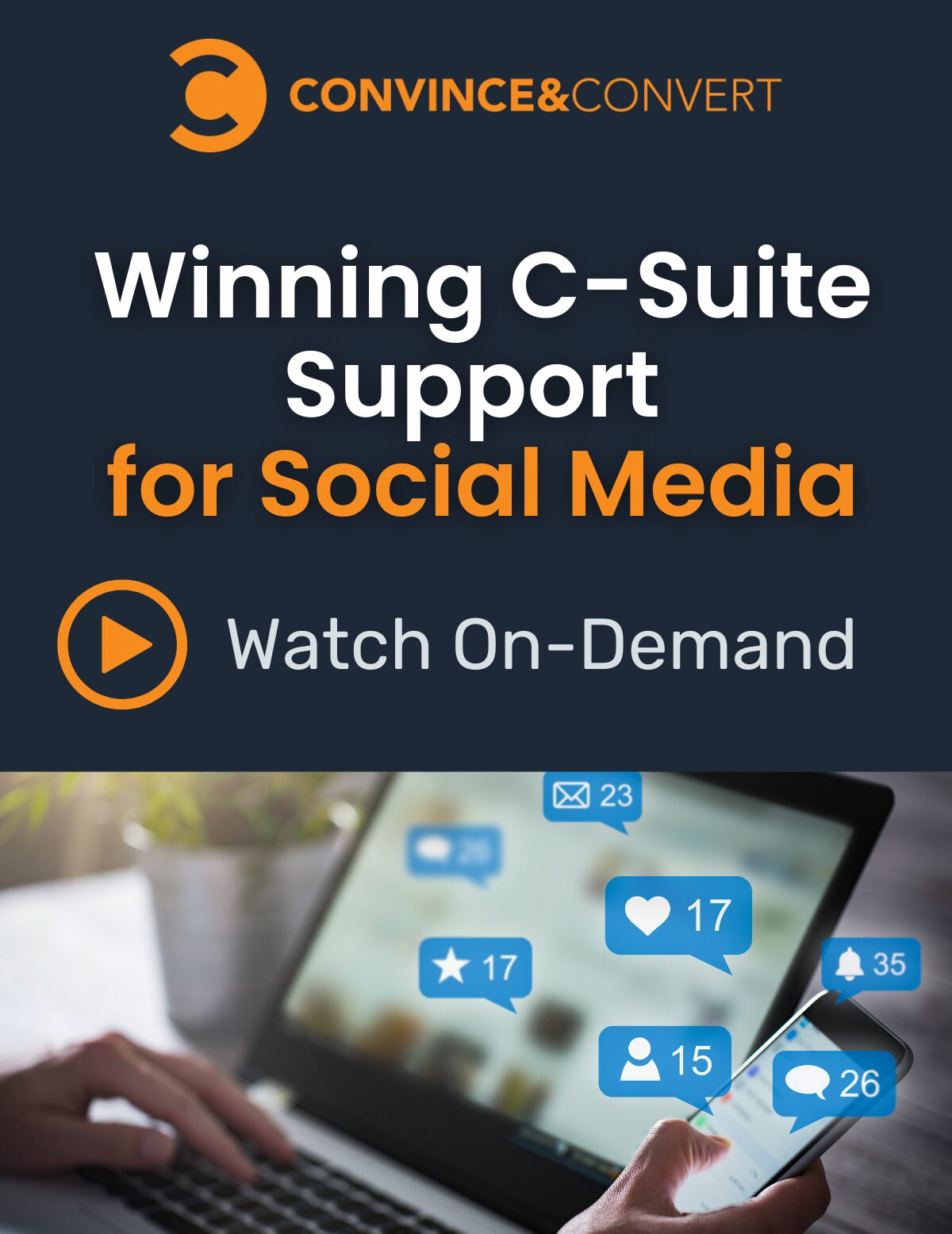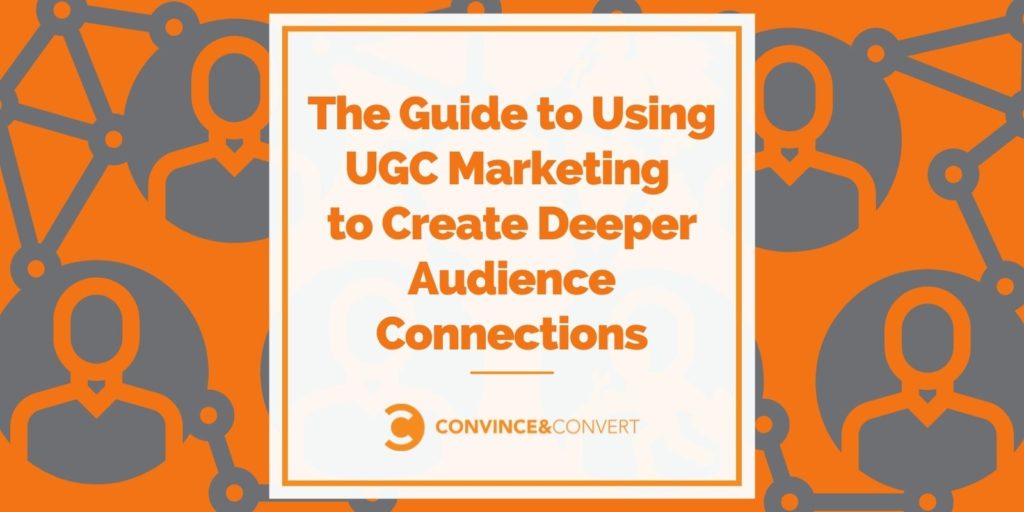
User-generated content, or UGC, is exactly what it sounds like: anything that people outside the professional marketing team are creating around or about your brand, product, or service. UGC has been gaining significance in recent years as a powerful marketing tool for digital agencies and marketers. It is a way to create a sense of community between the brand and its target audiences.
Why should my brand consider using UGC for marketing?
UGC can help brands establish themselves as an authority in their field while also increasing their bottom line with increased revenue from new customers or repeat customers who are happy with the company.
It also helps differentiate the brand from its competitors because it creates an emotional connection with its customers by showing how they care about what they do and who they serve.
Online UGC takes the form of content, broadly. Specifically, that includes (and isn’t limited to):
- Social media posts
- Recommendations and reviews
- Photography and photo galleries
- Video
- Fan art
- Reddit threads
- TikTok challenges
- Blog posts
- Unboxing videos
- GIFs
- User testimonials
- Posts with branded hashtags
User-generated content is an excellent way for companies to create buzz about their brand. It can also be used by B2B brands in order to connect with potential customers.
More connections create a stronger relationship.
What are the benefits of leveraging UGC as a brand?
UGC is a powerful tool for marketing because it automatically creates greater trust amongst customers, can provide valuable insights into customer needs, and automatically generates fresh content on a consistent basis.
Build trust
It’s well documented by research presented in Edelman’s Trust Barometer, that people trust humans like themselves the most — and they trust brands the least. Brands that can incorporate a mix of user-generated content into the marketing mix can build more trust with customers.
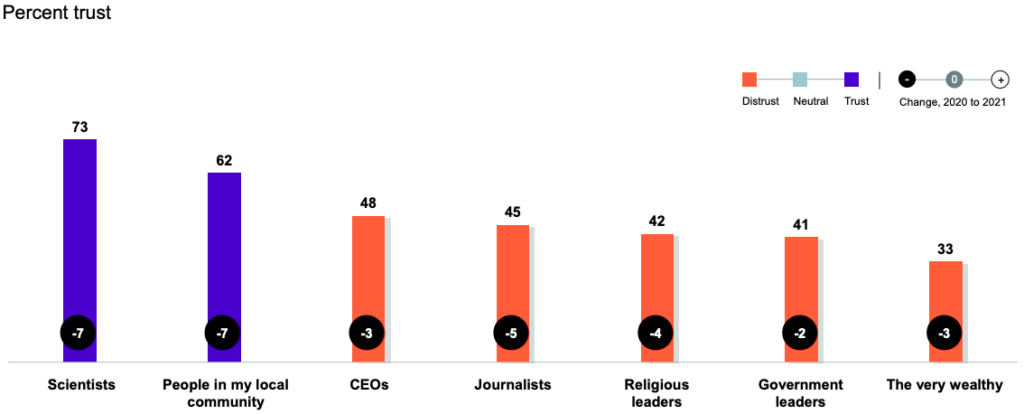
UGC lends an air of authenticity and even transparency. It builds trust because the brand is putting forth what your customers are saying about a brand, product, or service.
Discover customer insights
Brands that embrace the power of UGC in their marketing campaigns are able to create a more relevant and authentic relationship with their intended audience. UGC is about giving customers a voice that is their own, not influenced by the company or its employees.
Searching for and following UGC provides some of the best opportunities to engage with your customers and potential customers. When brand advocates feature your brand to their friends, family, and followers, they will usually have done this without being paid or incentivized to do so. Without any gatekeepers, they are free to post both the good and (hopefully) constructive critiques about what they would do differently.
It’s easy to get wrapped up in criticisms or bad reviews. The best brands find a way to take this as feedback and learn from it, even if they don’t republish the content or take the opportunity to respond.
Generate fresh content
It shouldn’t come as a surprise that creators are everywhere. Many of them are really good at creating content in a variety of mediums. As mentioned above, there are several ways that content comes to life. When a customer creates in a way that resonates with them, it will likely also resonate with another member of your audience.
There may be a temptation to slightly change UGC before it’s reposted. STOP. When using UGC that the creators have shared, refrain from editing their content in any way. Use it as it was meant to be originally. These unfiltered views into customers’ experiences with a brand are exactly what audiences need to see to build trust.
Is UGC useful in B2B?
UGC is absolutely useful in B2B, along with B2C and other entities. B2B marketers are also in the business of building trust and building brand advocates. Achieving this is a two-way street.
First, build trust with the audience by amplifying other people’s voices, their recommendations, their product videos, their testimonials, and case studies. For most B2B brands, we discover UGC in places where ratings, reviews, and demonstrations are content cornerstones. Identifying the creators who are talking about your brand in these channels is a good way to source who might be able to create more content for you.
Spend time searching on YouTube, Instagram, TikTok, and other video channels for creators who post reviews, explainers, and demonstrations featuring the brand, product, or service. You may be shocked to find just how many product demos and tutorials are online that are never made by the employees who created the actual product.
Discovering and amplifying reviews and demonstrative content allows B2B brands to leverage UGC for building trust with their audience. This creates more and deeper connections with the people who are likely some of the best customers.
At the same time, marketers are deepening the relationship with key customers by amplifying their experiences and using previously shared content.
If there is a good relationship forming with a customer or client who is creating UGC about the brand, product, or service, then B2B marketers should consider a step forward in formalizing content co-creator relationships to maximize the UGC opportunities. Co-creating content empowers creators to use their vision and voice while allowing the brand a bit more input but in the overall direction. Remember that ultimately the customer is responsible for the end product.
In some of these relationships, co-created content looks similar to influencer marketing. However, there’s still space between full-on influencer marketing and leveraging what somebody was inspired or motivated to create.
How can we encourage UGC for my brand?
While brands can’t create their own user-generated content, they absolutely can encourage the creation, which we see all the time. During Northern Arizona University’s Giving Day 2020, the first 1,000 donors earned a pair of branded Lumberjacks socks. The package included a small card that instructs the recipient exactly what to do to create a social media post while wearing the socks. The card listed what hashtag to use, the specific university account handle to tag in a post, a suggestion for photo styling, and of course the prompt to share online.
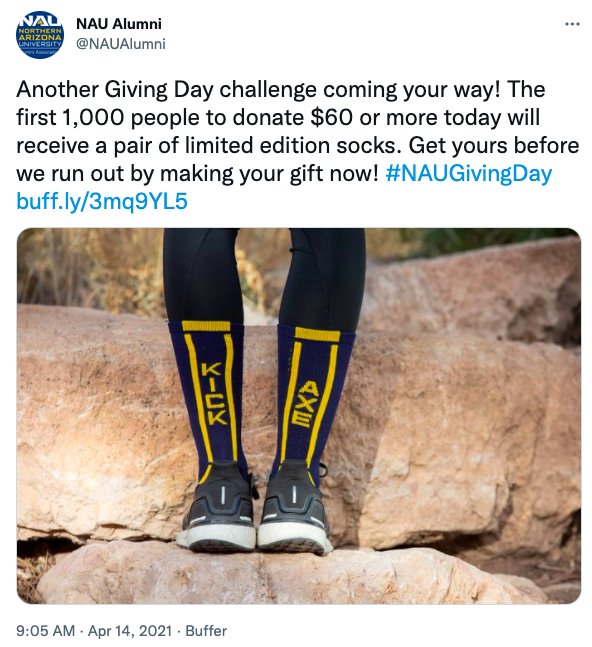
This approach to UGC isn’t new. For a decade or longer, we’ve used social media to ask and inspire audiences to share their experiences with brands. The difference today is that people often create content of what they deem shareable before they’re asked. Even so, campaigns perform better when creators are guided by specific instructions, including hashtags and @mentions, what channels to post, and post types.
There are discovery platforms or tools for marketers to discover user-generated content across the web, even when a brand is not explicitly tagged or mentioned. Some tools allow marketers to contact the original creator and manage those relationships and permissions within the tool.
How do you get approval for using UGC?
By following a couple of clear-cut rules, brands can absolutely use and leverage user-generated content.
First, you have to find the content, which happens best when using active social listening programs. To find the user-generated content that people are posting on your behalf, marketers must use robust social listening.
A robust listening program goes beyond account tags and keyword searches queued up. Also look at hashtags and non-tagged mentions of your brand, including brand name, your product and service terms, and keywords. Search across general social feeds and hashtags as well. Take it a step beyond for brick-and-mortar or physical locations by using location-based aggregators to find content that is tagged with a location.
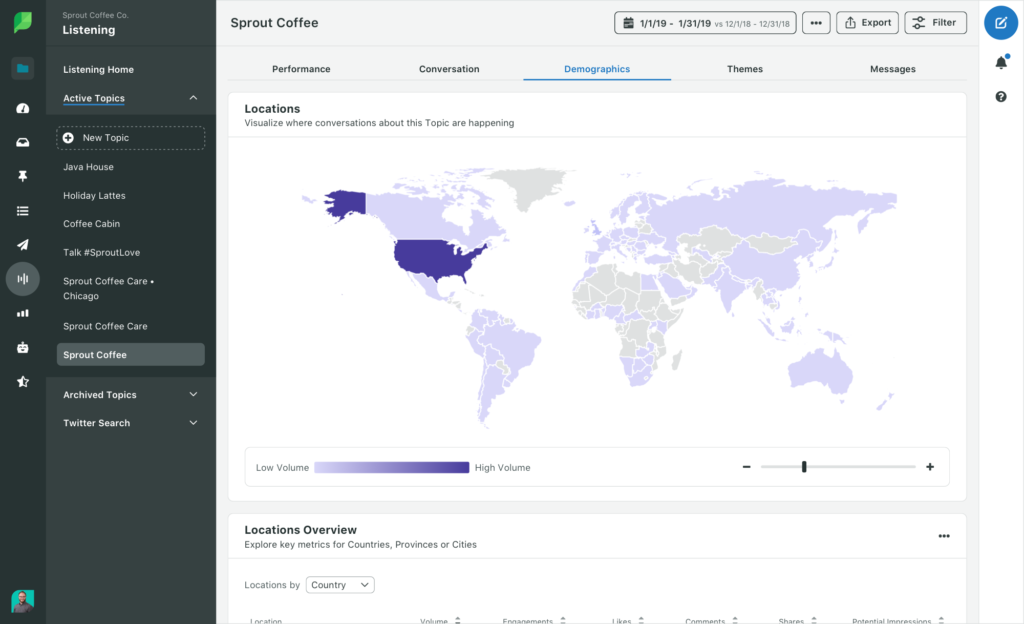
User-generated content can come from consumers or from employees of the company. When it comes from consumers, permission needs to be granted before the material is shared on a company’s social media channels or used elsewhere on their website. A lot of that happens just in direct messages, but some of that happens in the aggregate tools that you’re using as well.
One-to-one connections are how a brand moves someone from being an audience member into becoming a fan.
There are two types of copyright: exclusive rights and moral rights. If someone creates a photo or video expressly for you, like in the co-creation example, this is an example of needing exclusive rights to use the content. A case of moral rights is when a creator produces content as a hobby or as an independent creator, and grants permission to the brand to amplify.
In either case, get approval from the original creators of the content you want to share. Travel and tourism brands often use a hashtag in Instagram bios with a disclaimer that states by using this hashtag, the user allows others to share the content.
Otherwise, reach out to the original creator and secure permission from them to use the content in any marketing channels. To use any photography, video, or art, seek out the moral rights granted by the creator.
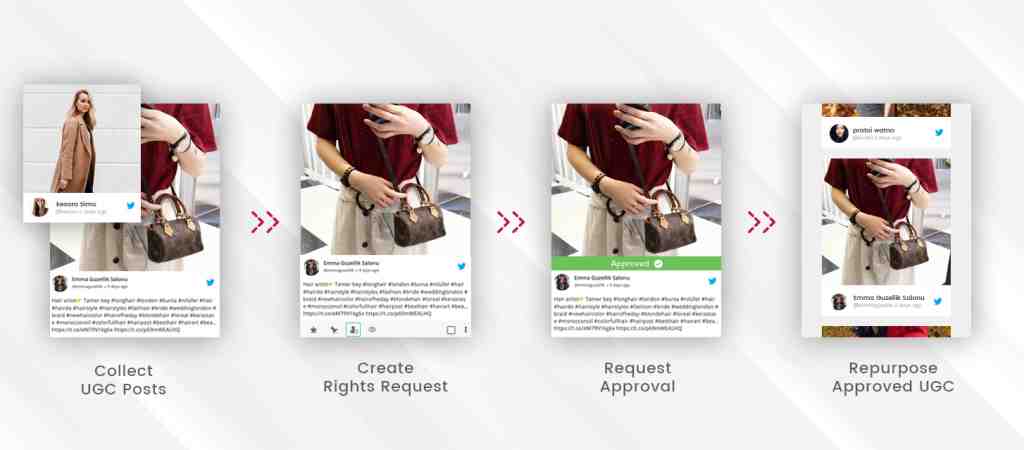
Testimonials and reviews that are publicly posted on Google or Yelp, your Facebook page, or G2 Crowd can be reposted without explicit permission. Even so, smart marketers will try to identify and get in contact with the customer. Doing so creates additional touch points with that customer.
Asking permission from the original creator to use their content creates goodwill between you and that creator. That establishes a more direct, one-to-one connection with a brand advocate. Those one-to-one connections are how a brand moves someone from being an audience member into becoming a fan. Creating one-to-one connections is done easily, but it’s overlooked all the time by marketers.
Social media allows for us to create micro-connections simply, with just a push of a button, a heart on a reply, a simple DM. The more one-to-one micro-connections that occur, the deeper the relationship and the more strings are connected between the brand and an audience member. More connections create a stronger relationship.
What is the best way to amplify user-generated content?
User-generated content is a way for companies to leverage the power of consumer word-of-mouth in order to promote their brand. UGC works really well, obviously, in social media, through sharing, retweeting, and reposting.
While not used as frequently in email newsletters, UGC can perform well in the right template. Create a content block for a fan shout-out or a UGC feature within the email and encourage others to use a branded hashtag when creating their own content.
Brands that have their own online community or group should incorporate UGC consistently. Doing so will inspire other customers and advocates to create their own content and share it with you. Increasing the cadence of UGC on the brand’s behalf provides more opportunities to amplify brand advocates.

